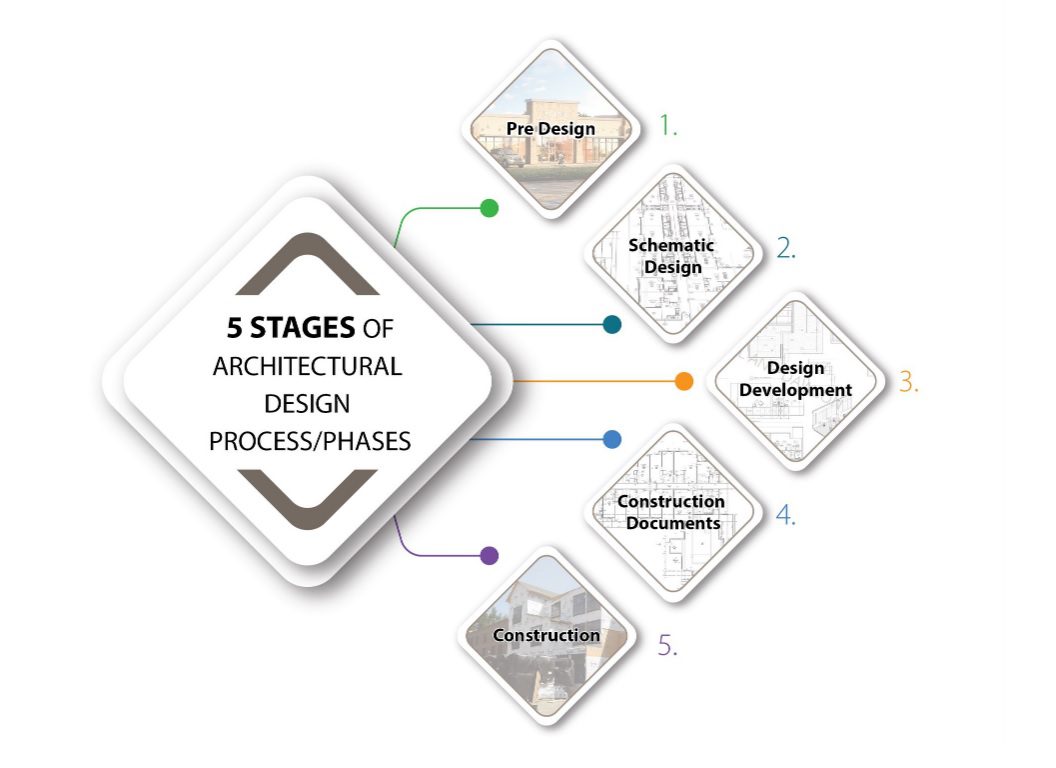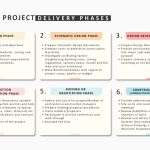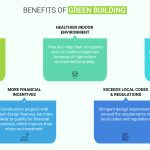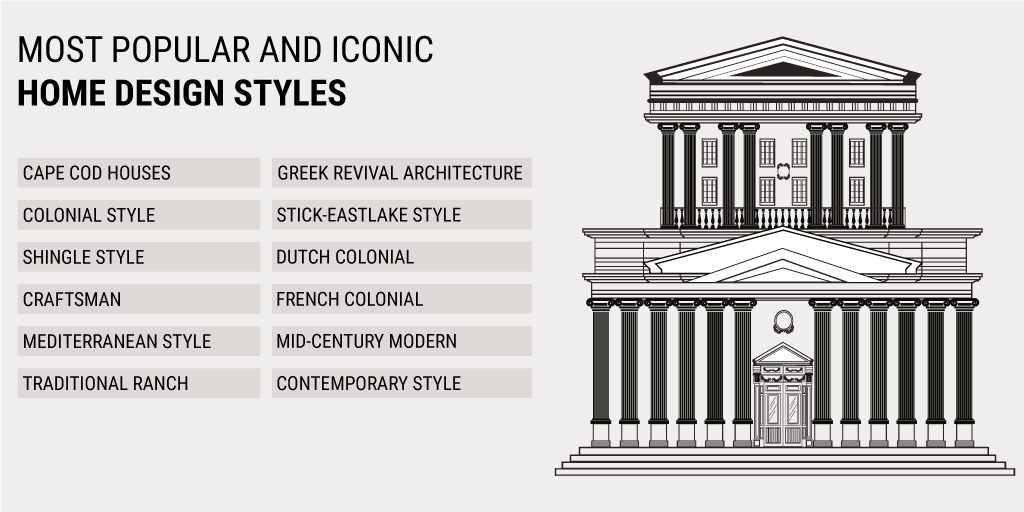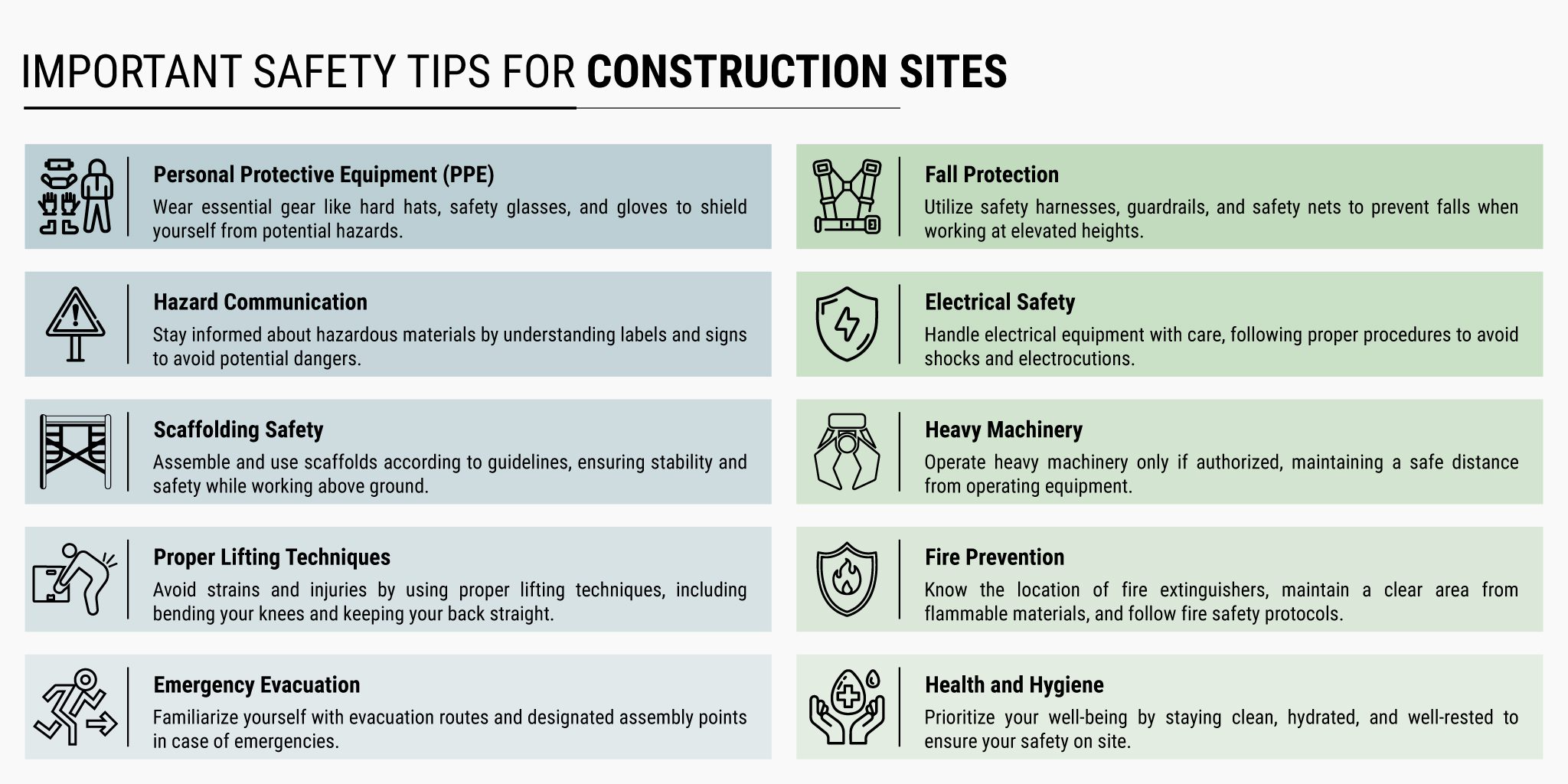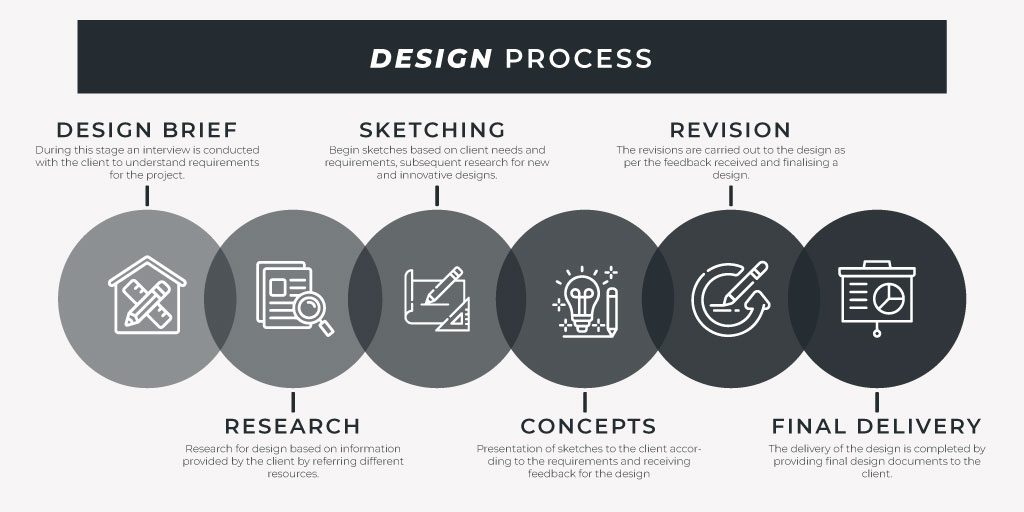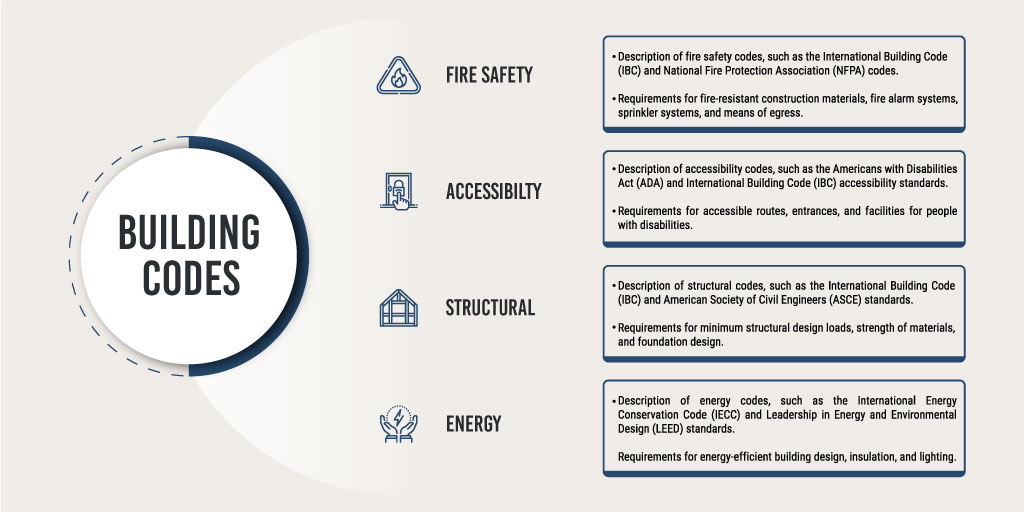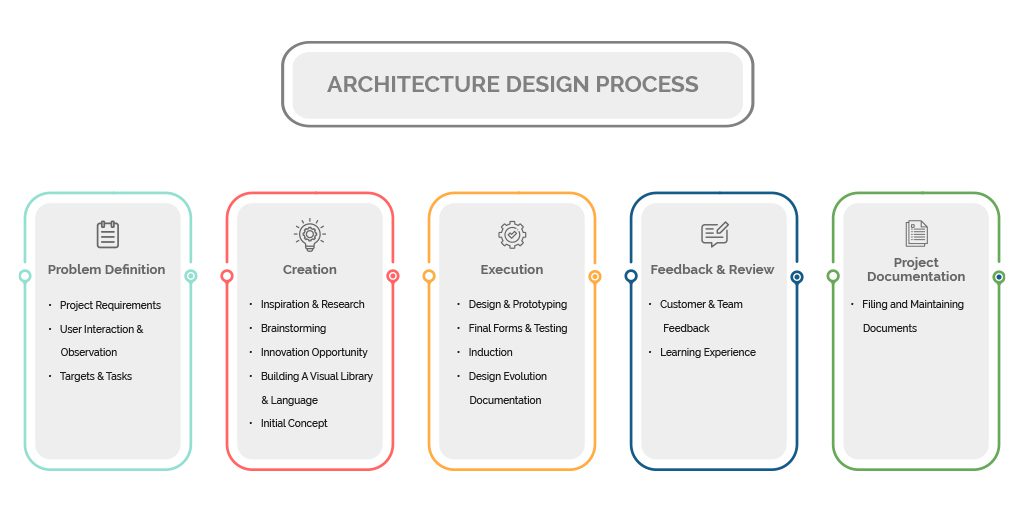You might have wondered what are different stages while providing Architectural Design Services. Be it hotel, residential design architecture, commercial, warehouse, storage, industrial or retail, etc. In this article, we will explain all phases that are involved in a design-build of a new construction/development project.
This comprehensive resource demystifies the architecture journey, breaking it down into manageable stages. Each phase is meticulously detailed, highlighting essential tasks and key deliverables, ensuring you know exactly what to anticipate at every step. The guide is tailored to accommodate the unique needs of your project, offering insights on the variability of services, costs, and timelines based on your specific requirements and budget.
Understanding the key deliverables at each step of the architectural process is crucial for managing expectations effectively. Firstly, it provides a clear roadmap, ensuring you know what to expect at every stage. This transparency helps in anticipating challenges and preparing for them in advance.
By breaking down the process into distinct steps with specific outcomes, you can better gauge the progress and stay aligned with your objectives. It also becomes easier to communicate with stakeholders, as everyone has a shared understanding of the milestones and the associated timelines.
Moreover, comprehension of these deliverables allows for more accurate budgeting and scheduling, as you’ll be aware of the necessary resources and time commitments. This foresight enables you to adjust plans proactively, rather than reacting to unforeseen issues.
In summary:
- Clarity of Progress: Understand what to expect and when.
- Enhanced Communication: Keep everyone on the same page.
- Budget and Time Management: Allocate resources efficiently and anticipate costs.
Adopting this approach ensures a smoother, more predictable architectural process.
There are typically 5 stages of architectural design involved in a design-build of any project.
These 5 phases/stages are
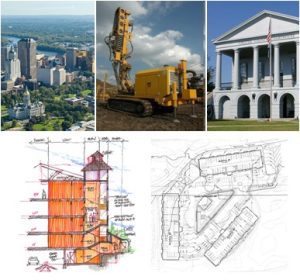
1 – PRE-DESIGN (PD)
The first objective is to get-together with a client and determines overall project vision and goals. Irrespective of the industry being residential, healthcare, industrial, hospitality etc., there are some key areas to discuss the project – scope, features, purpose, and functionality.
In this phase, we carry out
- Client consultation
- Existing conditions survey and documentation
- Photographs
- Measurements
- Compile existing drawings if any
- Prepare high-level base drawings
- Statement of probable build/construction cost
- Programming space and use
- Code review
This phase ends with owner’s decision to move forward with a project.
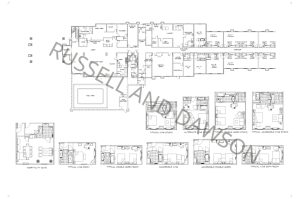 2 – SCHEMATIC DESIGN (SD)
2 – SCHEMATIC DESIGN (SD)
In this phase, we do series of rough sketches/drawings that illustrate the basic concepts of the design. Also, initial research of local compliance and regulations are completed at this time.
At the end of this phase, we deliver
- Floor plans of all levels with generic openings and plumbing fixtures
- Exterior building elevations with representative openings and finishes
- Building cross-section
- Typical wall section
And we move to the next phase with the owner’s approval.
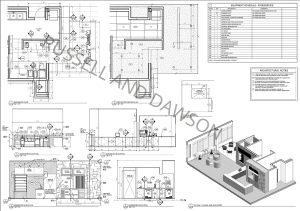 3 – DESIGN DEVELOPMENT (DD)
3 – DESIGN DEVELOPMENT (DD)
Design development collects the results from the schematic design phase and takes them one step further.
This phase involves finalizing the design and specifying items such as materials, window and door locations and general structural details.
At the end of this phase, we deliver
- Floor plans with a proposed basis of design openings and plumbing fixtures
- Overall dimensions
- Structural grid dimensions
- Interior wall dimensions
- Exterior elevations with a proposed basis of design openings and finishes
- Additional building sections
- Wall sections at all typical conditions
- Typical details
- Additional details to establish a basis for design products
Now we have given shape to project ’s vision through drawings and written specifications.
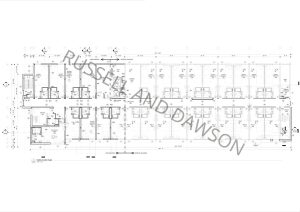 4 – CONSTRUCTION DRAWINGS (CD)
4 – CONSTRUCTION DRAWINGS (CD)
By now we have a final design. We can begin preparing construction drawings/blueprints, notes, and technical specifications necessary for bidding, construction, and permit application. Construction contractors will use these detailed drawings and specifications to prepare for the construction.
In this phase, we deliver
- Floor plans fully annotated
- All dimensions
- Room, wall, door, and window identification
- Section and detail indicators
- General notes and detailed notes
- Exterior elevations fully annotated
- All building sections required for construction
- Wall sections at all conditions
- Details fully annotated
- Structural plans, details, and notes
- Plumbing plans, schedules, details, and notes
- HVAC plans, schedules, details, and notes
- Electrical power and lighting plans, schedules, details, and notes
And we move to the final phase
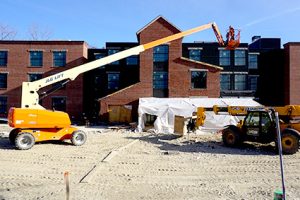 5 – CONSTRUCTION
5 – CONSTRUCTION
Finally, the construction is underway.
During this phase, we will build as per the design intent. Also if there are any changes, we discuss changes and options with the owner. It ensure that alterations are compatible with owner’s vision for the project. This is the last phase and at the end of this phase, a project is ready for the use/occupancy.
Key Deliverables During the Post-Occupancy Phase
Once the construction phase wraps up, your collaboration with the architect isn’t over. In the initial year of using your new space, there are several crucial deliverables that your architect should provide:
- Six-Month Check-In: Around six months after you move in, the architect should reach out to review how the building is performing and address any operational concerns.
- Warranty Reminders: As various warranties approach their expiration dates, your architect should notify you to ensure that you’ll take advantage of any remaining coverage.
- Post-Occupancy Evaluation: This assessment helps to gauge the building’s functionality and can highlight any areas for improvement.
- Project Promotion: To showcase their work, architects often engage in promotional activities such as organizing professional photography sessions and entering the project into industry awards.
These follow-ups are essential to ensure your new space meets expectations and continues to perform well.
Feel free to reach out to us on info@rdaep.com if you are planning a new construction project. Check out the latest trends in New England region.


